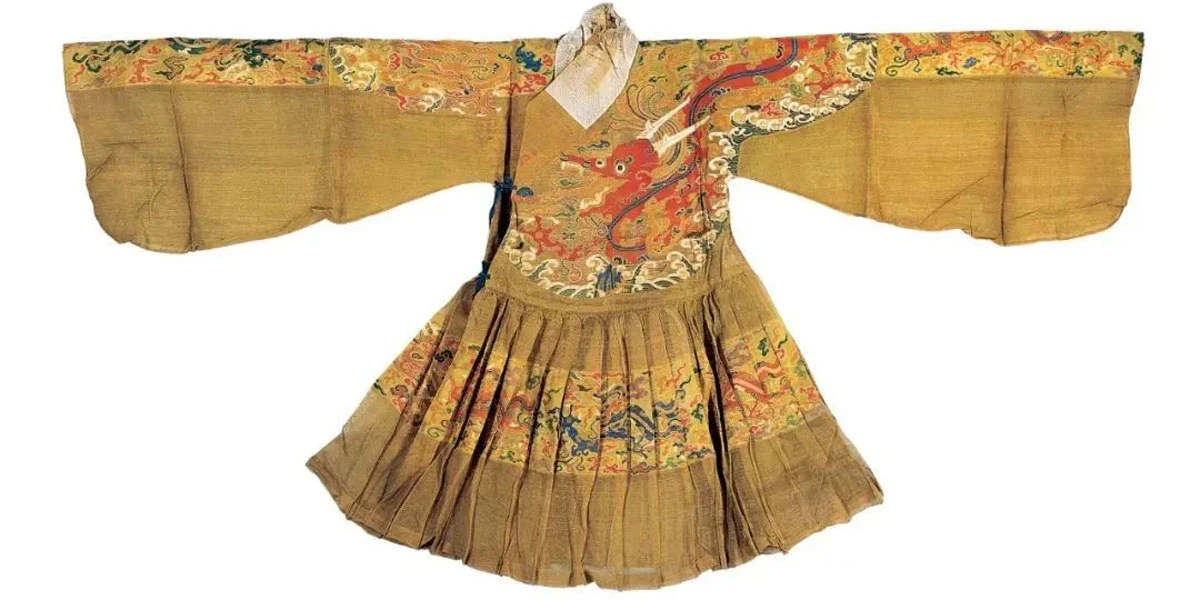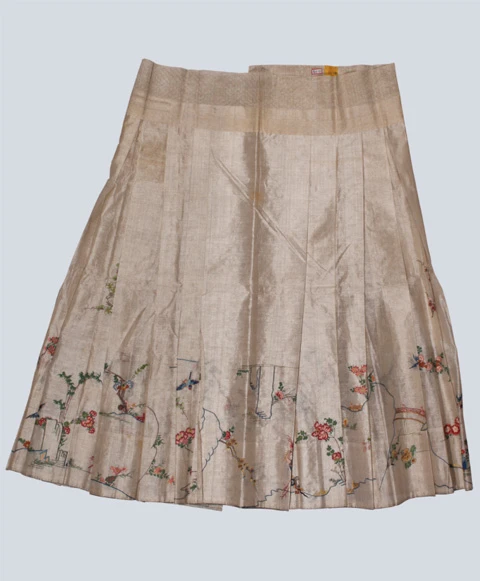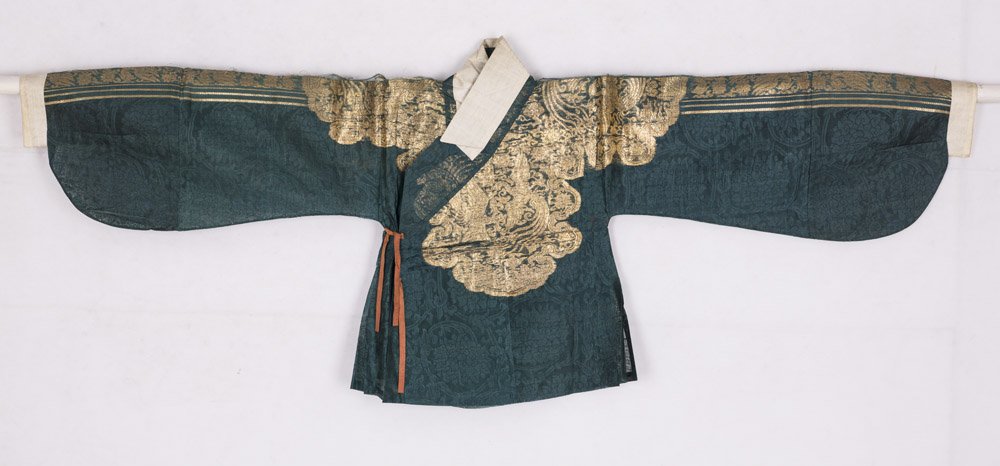Events
Search results for the keyword [Mamian]:
8/29
-
The Elegance of Chinese Costume
10:00 Author:xiayangAncient China is called “Huaxia”, with “Hua” referring to the elegance of costume and “Xia” the greatness of etiquette. Following the development through the Zhou, Han, Tang and Song dynasties, the costume in the Ming dynasty had distinct Chinese cultural characteristics and was the epitome of Chinese apparel, which had a wide and profound impact on the costume and aesthetics of later dynasties and neighboring countries. The Ming Dynasty had fully restored the costume tradition, which had been inherited for thousands of years. Being magnificent and elegant, the Ming costume is the epitome of Chinese costume culture. Ceremonial court dress was usually worn by civil and military officials at formal and grand occasions such as court meetings. It consisted of court hat, red silk robe, white silk gauze shirt, knee-covering,silk belt, leather belt, etc. Normal court dress, well-known to all, was a symbol of the Ming Dynasty costume, for example, the red silk gauze round-collar robe with subtle pattern and square patches embroidered with cloud and crane design, black silk gauze hat and so on. Festive dress was worn by officials on various festive occasions and in some ceremonial activities. The yellowish-brown linen pleated robe with Feiyu design, woman’s red silk gauze brocade robe woven with a design of Kylin and four other animals were festive dress.
 Casual dress was clothing worn in daily life, with diverse styles and made by various materials.
In the Ming Dynasty, women often wore skirts sewn with several pieces. In order to adapt to the waist circumference, the left and right sides of the skirt were pleated, and the front and back sides were treated flat and smooth. This kind of skirt was commonly known as "Mamian Qun" in Chinese.
The style of “Mamian” skirt was simple with loose pleats on the left and right sides, and decorative patterns along the knee and the edge of the skirt. The green silk gauze skirt with brocade python design, the white silk gauze skirt with subtle patterns and embroidered with flower and bird designs, and the blue satin skirt woven with golden brocade designs of intertwined flowers were examples of the “Mamian” skirt.
Casual dress was clothing worn in daily life, with diverse styles and made by various materials.
In the Ming Dynasty, women often wore skirts sewn with several pieces. In order to adapt to the waist circumference, the left and right sides of the skirt were pleated, and the front and back sides were treated flat and smooth. This kind of skirt was commonly known as "Mamian Qun" in Chinese.
The style of “Mamian” skirt was simple with loose pleats on the left and right sides, and decorative patterns along the knee and the edge of the skirt. The green silk gauze skirt with brocade python design, the white silk gauze skirt with subtle patterns and embroidered with flower and bird designs, and the blue satin skirt woven with golden brocade designs of intertwined flowers were examples of the “Mamian” skirt.
 According to incomplete statistics, there are only over 100 pieces of handed-down Ming Dynasty clothing left in the world today. In terms of complete system, bright colors, rich styles, good condition and exquisite patterns, the Ming Dynasty clothes collected by Shandong Museum and Confucius Museum are second to none in museum circle at home and abroad. From the collection, we can find the charm of traditional Chinese costume, including etiquette culture, weaving and embroidery skills, dyeing and clothing diversification.
According to incomplete statistics, there are only over 100 pieces of handed-down Ming Dynasty clothing left in the world today. In terms of complete system, bright colors, rich styles, good condition and exquisite patterns, the Ming Dynasty clothes collected by Shandong Museum and Confucius Museum are second to none in museum circle at home and abroad. From the collection, we can find the charm of traditional Chinese costume, including etiquette culture, weaving and embroidery skills, dyeing and clothing diversification.
 The Ming Dynasty costume collection, embodying thousands of years continuous Chinese civilization, convey the cultural connotation of dress etiquette, respecting Confucius and Confucianism and highlighting rites. Its diverse styles, exquisite patterns and elaborate workmanship represent the infinite wisdom of the Chinese people, the profound Chinese traditional culture, and the grace and style of the Chinese nation.Original link
The Ming Dynasty costume collection, embodying thousands of years continuous Chinese civilization, convey the cultural connotation of dress etiquette, respecting Confucius and Confucianism and highlighting rites. Its diverse styles, exquisite patterns and elaborate workmanship represent the infinite wisdom of the Chinese people, the profound Chinese traditional culture, and the grace and style of the Chinese nation.Original link